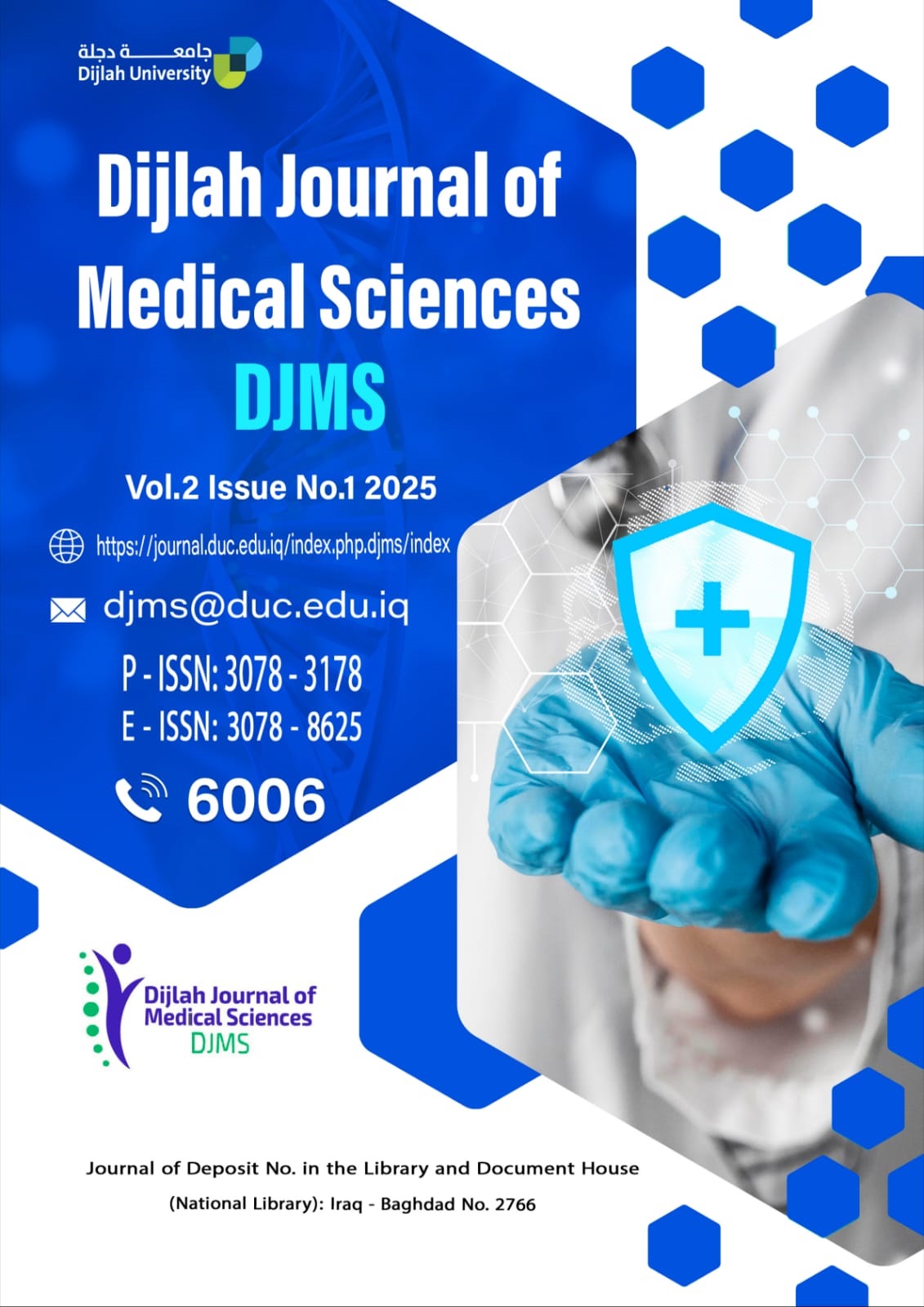Mechanochemical Synthesis of Hydrazone Lanthanide Complexes to Overcome the Conventional Method Limitation
Sali N. Jabrou
DOI:
https://doi.org/10.65204/DJMS-MS-HLCKeywords:
Mechanochemical Synthesis, Hydrazone Lanthanide (III), Complexes, Green ChemistryAbstract
The synthesis of lanthanide (III) Schiff base complexes will use a solvent-less reaction as a broad method of producing chemical products without the need for solvents. Mechanochemical synthesis produced pure products directly and demonstrated quantitative conversion without any byproducts. Schiff base ligand synthesis using lanthanides (III). The reaction of isatinmonohydrazone with salicylaldehyde, which then reacted with lanthanide (III) chloride for forming complexes of Ln (HISA)2Cl3 type, in which HISA= [(2-hydroxy-benzaldehyde)-3-isatin] bishydrazone and Ln = La (III), Sm (III), Eu (III), and Gd (III). In vibratory ball-mill conditions, all reactions have been conducted. Magnetic susceptibility measurement, molar conductance, UV spectral data, and proton NMR spectral data were used for characterizing the complexes and the ligand. X-ray diffraction (XRD) was used for characterizing the structure of ligand and lanthanides (III) complexes. XRD pattern of the ligand showed its crystalline nature, whereas that of lanthanum (II1) complex showed its amorphous nature. The ligand served as a neutral tridentate, which coordinated through neutral, azomethine, and tridentate. The goal of this study is to develop environmentally friendly as well as economic process for the synthesis of some lanthanide (III) complexes with heterocyclic hydrazone, that avoid the use of solvent, minimize the formation of byproduct, with high yield, and short reaction time.

